Good art can pull you in…only if you simply make the effort to extend your hand.
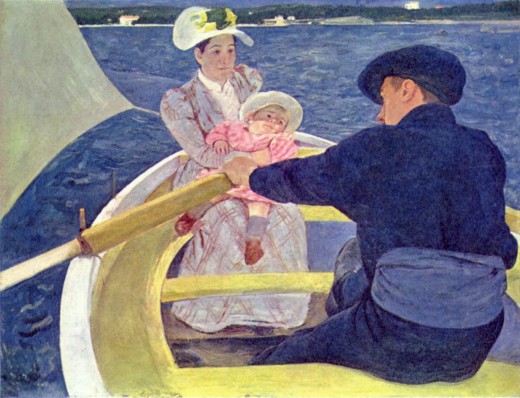
My favorite week of being an elementary teacher is the week of open house because it’s when I get to have my second dream job as an art docent as the PTA Arts and Education chair.
We started the week with Mary Cassatt, the original American in Paris. Art is most memorable when you can make a connection. I asked the children to walk by her art and see if you can make a connection. “Can you see yourself with your mom in her art?” Mary Cassatt was a genius at capturing a moment between rest and play. She shows you her context and asks you to draw your own conclusions. I would ask the children, “Do you think Mary Cassatt was a mother?” No, she wasn’t! Her whole life prepared her for it…homemaking, embroidery, music and painting but she never married.
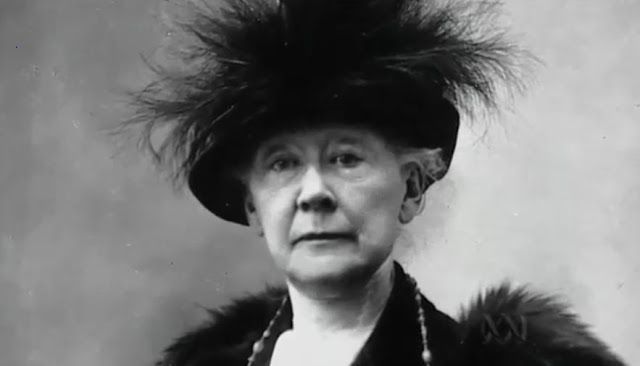
Here are a few interesting facts about Mary…
- She was a huge fan of large hats
- her father had very strong objections about her being an artist, she was raised to become a mother
- she had diabetes
- she supported the cause of women’s suffrage.
Mary Cassatt’s parents did not want her to be an artist. At this time, women did not attend art school so she asked a teacher to tutor her privately. Mary knew that women should be equal and helped other women pursue their dreams of having the same rights as men. She was the only American woman who was known as an impressionist painter.
One Impressionist had a huge impact on her. Edgar Degas, whose ballerina taught Cassatt to use pastels. She became a master pastel artist.
Her paintings of family life of women and their children are realistic but the scenes are tender and loving. Cassatt became sick but didn’t stop painting until she was nearly blind. When she couldn’t paint anymore, she worked for women’s right to vote.
Quotes from Mary Cassatt:
- “I am independent! I can live alone and I love to work.”
- “I think that if you shake the tree, you ought to be around when the fruit falls to pick it up.”
- “A woman artist must be capable of making primary sacrifices.”
- “I love to paint children. They are so natural and truthful.”
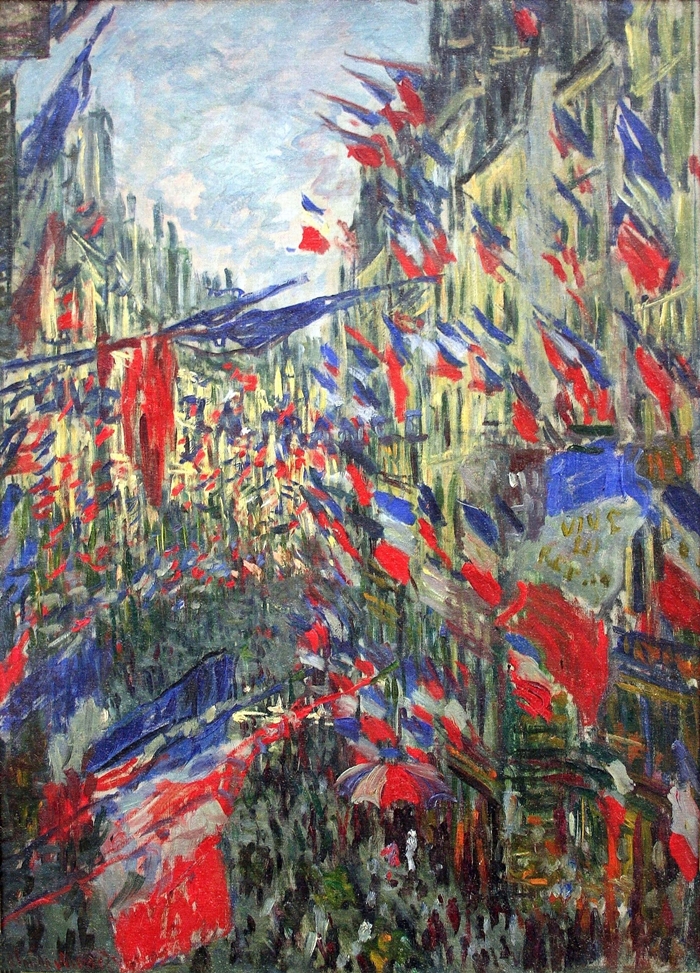
Monet was also proudly hung on the walls of our elementary. Like Mary, Monet was an impressionist painter but he loved to paint outdoor scenes.
Monet’s father was a grocer and his mother was a singer. His dad wanted him to work with him at the grocery store, but Claude wanted to be an artist instead.
Impressionism is a style of painting that began in France in the early 1860s when artists started painting pictures outside, rather than in their studios. Because the light conditions kept changing, they had to work very quickly, using quick, gestural brushstrokes of paint. Have you ever wanted to capture a moment? To make a picture that shows not just how something looks, but also how it makes you feel? That’s just what Monet did.
Monet was a master at capturing the sun. He often had many canvases set up at once and would move with the sun. This style of painting “en plein air” (French for outside) means he also had to paint with speed. He would race the sun! You can see the texture of paint built up slowly layer upon layer. This building up of paint on top of paint on top of canvas is important because you can see the shadows he saw when racing the sun. The shadows activate and illuminate different peaks and valleys of light.
- “No one is an artist unless he carries his picture in his head before painting it.”
- “Everyone discusses my art and pretends to understand, as if it were necessary to understand when it is simply necessary to love.”
- “I want to paint how humans look upon a scene, rather than whatis actually there.”
The next time you find yourself standing in front of a piece of art, relish in it! Don’t rush by…stand in front of the art, let your brain record it for future reference, breath it in…it will serve you well.
Enjoy nature. Open your eyes to colors outside.
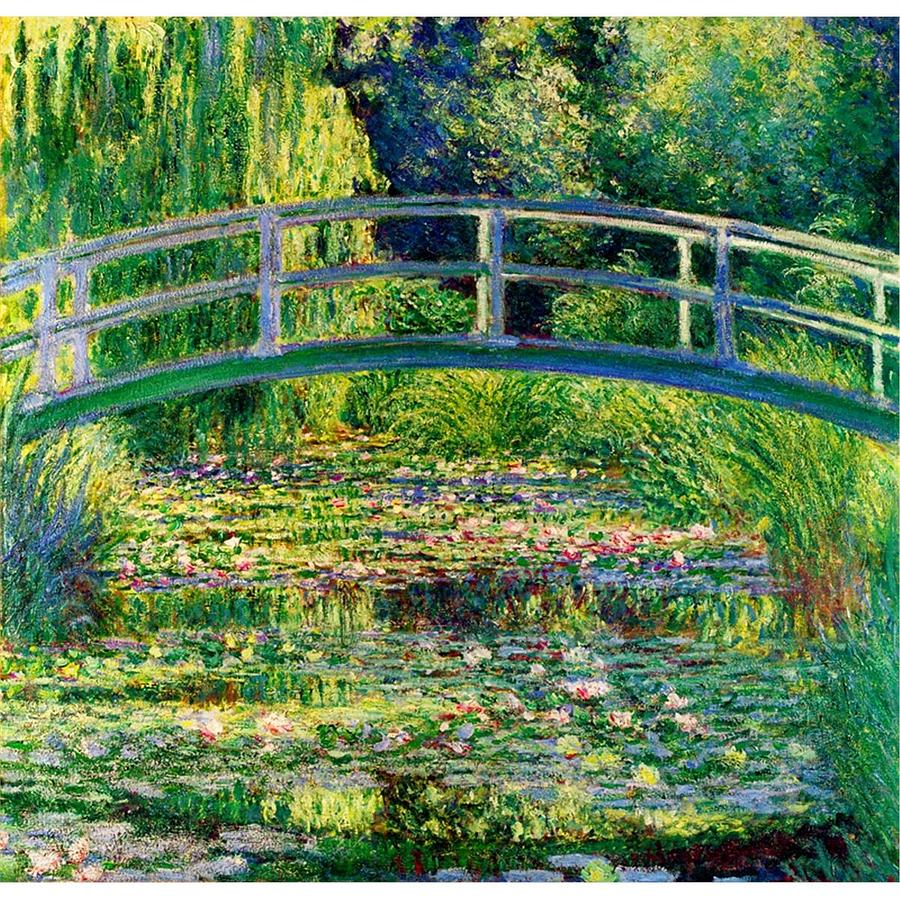
We can learn from these artists. Art can challenge you to think about art or life in a different way than you might normally do.
P.S. More on Mary Cassatt & Monet


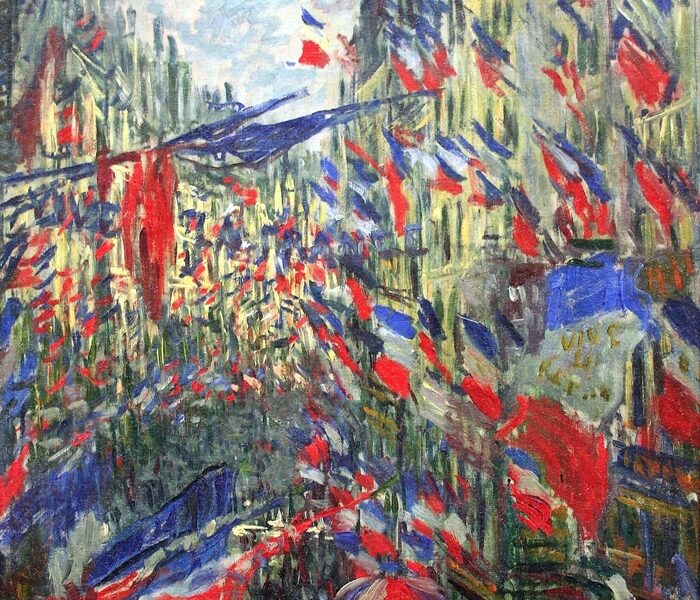
 Why Everyone should be scared out of their mind about melanoma
Why Everyone should be scared out of their mind about melanoma